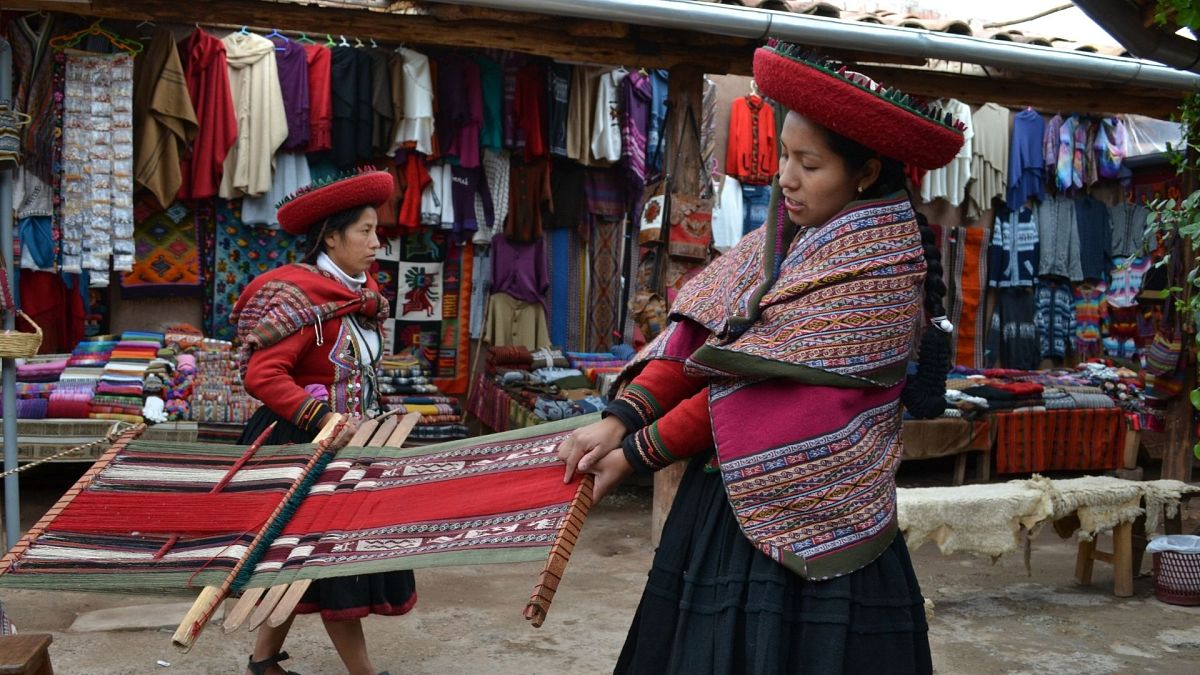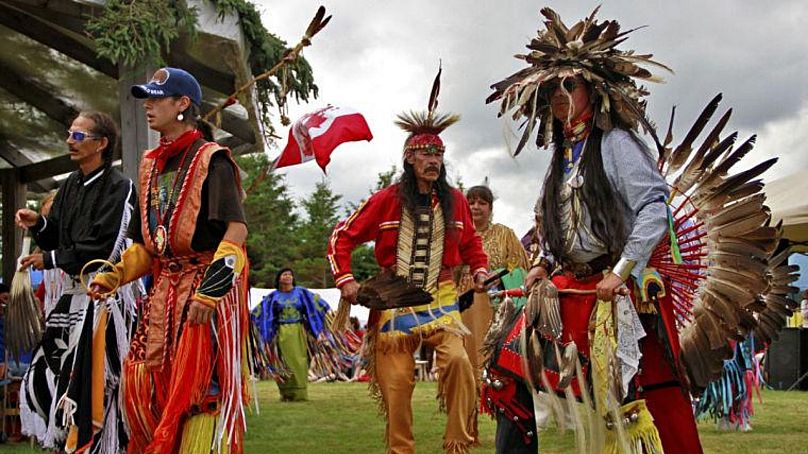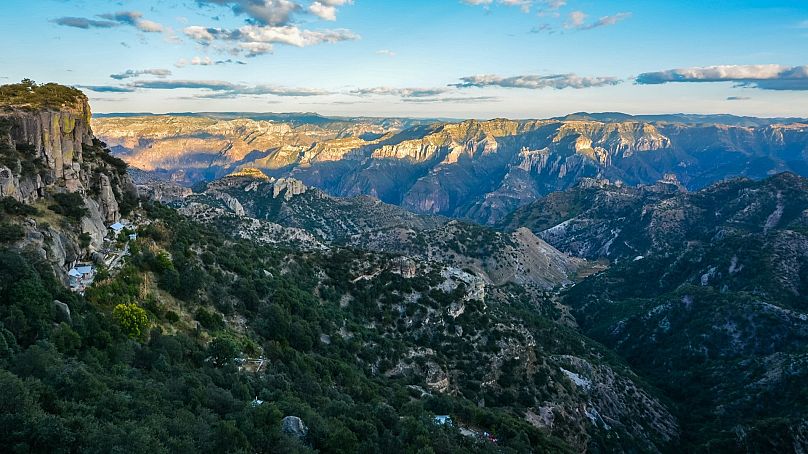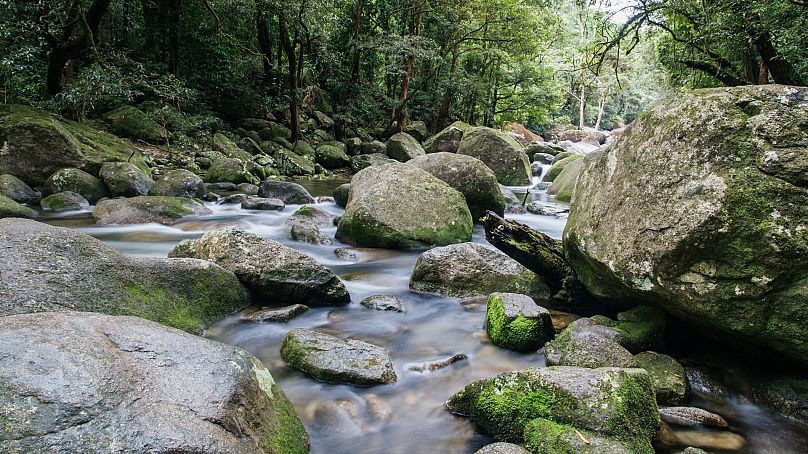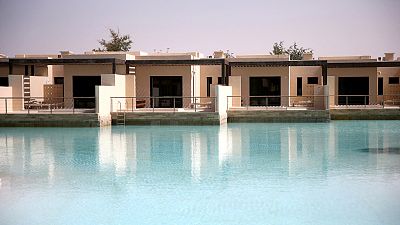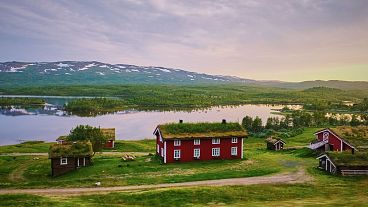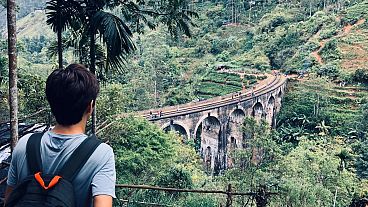Indigenous travel experiences that help, rather than hinder, the world’s oldest communities.
A large portion of the world’s 350 million Indigenous peoples live in areas of the globe awash with gorgeous scenery, unique traditions, and unparalleled cultural history.
This makes them an attractive offer to tour operators and travel companies. But there are many sensitivities and intricacies to Indigenous tourism and it needs to be done respectfully.
Eco-tourism in Indigenous territories should “facilitate the involvement and experiences of Indigenous people as integral to the travel experience by using and acknowledging their role as stewards of the environment,” as explained by advocacy group Cultural Survival.
As today marks the International Day of the World's Indigenous Peoples 2021, we've taken a look at the best practices to follow for tourists wanting to explore the world's oldest communities.
The potential problems with Indigenous tourism experiences
Fasttracking through thousands of years of culture and history, for instance, isn’t the way to do it. It won’t be educational or enjoyable for tourists or the Indigenous community. Nor will monetising their lived experiences for the sake of an Instagram story, rather than to actually understand the history of the lives of the people hosting you.
There’s a growing environmental undercurrent to these trips, too. Regions that are home to thriving groups of native people are often teeming with biodiversity as the land is better tended to, as well as energy resources not yet touched by modernisation and unsustainable tourism practices.
In order to keep things this way, the experiences should be mutually beneficial to the land, its people, and the tourists involved.
We’ve put together a list of Indigenous travel experiences that are curated by Indigenous peoples and that respect the wellbeing of both the people of their land in a responsible way.
Canadian coastal adventures curated by members of the Abegweit Mi’kmaq Nation
Guests on this 12-day traverse across the Canadian coast will be greeted by members of the Abegweit Mi’kmaq Nation - often translated to “cradled on the waves” - on Prince Edward Island, one of Canada’s smallest provinces.
You’ll then be taken on a personally guided tour of the reserve by the Chief Junior Young, whose original ideas remain central to aspects of Abegweit culture the trip celebrates.
We love this trip because Chief Junior Young approached British company Insight Vacations, rather than the other way round. He wanted to develop tourism as an income source and to share the Abegweit culture.
Together, they collaborated on building a programme that would both enrich the cultural experience of the island’s visitors and give back to the Indigenous community. This is in line with two of the United Nations’ Sustainable Development Goals - reducing inequalities in underrepresented populations, and teaching people about the preservation of this vital culture.
Guests will be given the chance to partake in a Smudging Ceremony, an ancient custom designed to harness positive energy. There’ll also be the opportunity to learn about the Seven Sacred Teachings - the guiding principles that are central to the restoration of Indigenous cultural values, beliefs, and practices, and that were forbidden by the government in 1885.
Prices start at €4,200, though you can secure a place with a deposit of €117.
You can find out more information about the trip here.
Award-winning hiking days led by Chihuahua, Mexico’s Rarámuri community
Chihuahua’s spectacular Copper Canyon is home to a number of Indigenous groups of people who comprise the region’s Rarámuri community, famed for their hiking abilities and cave dwelling culture across the “natural wonder”.
They spent years working on developing a set of experiences that honour their culture, with the help of The Centre for Responsible Travel (CREST). The project has since won national awards for community tourism in Mexico for adhering to respectful, sustainable practices.
Two groups, Huetosachi and Bacajipare, have coordinated itineraries that include a variety of hikes and storytelling experiences in the canyon, led by licensed guides with an intimate knowledge of every trail. These hikes range from the 3-hour long Giants Trail, spanning several kilometres, to the smaller Rock Paintings tour that focuses more on immersing visitors in native art developed over generations.
Those less inclined towards physically immersive activities can book cooking lessons where traditional meals are made using organic materials from the land, along with crafting classes taught by Huetosachi women.
Prices vary depending on travel costs to Gen Fierro Villalobos Airport and local accommodation but the trips and classes organised here sit comfortably within the range of €15 apiece.
You can find out more information about the trip here.
Plant foraging and art lessons throughout Queensland, Australia’s Daintree Rainforest
Intrepid Travel’s Queensland experience is a no-frills endeavour that embraces locally owned businesses, untouched rainforests, and the ancient tales that run throughout the history of the state’s Kuku Yalanji people, who have inhabited the areas of Cairns and Port Douglas for over 50,000 years.
The trips take 16 people maximum and you’ll stay in the same accommodation throughout, so you really get to know the history of the surrounding area. Guests can meet with members of the Kuku Yalanji community to take part in activities with an emphasis on the harmony fostered between the people and their local environments. You’ll meet with an Indigenous family in Daintree Rainforest who once hosted David Attenborough and his filming crew and hold an abundance of knowledge about the natural area.
Other activities in the schedule include spear-throwing and painting classes, foraging for edible plants, learning about First Nations storytelling and art, all against the backdrop of the waters and canopies of the rainforest’s breathtaking Mossman Gorge.
Prices start at €1,700 for a 5-day stay.
You can find out more information about the trip here.
Support one of The Boa Foundation’s sustainable tourism projects
This nonprofit has connections with over 40 Indigenous groups across the world and builds pathways to addressing the needs of those communities whilst also bringing in sustainable tourism.
Back in 2018 they raised €97,000 for the peoples of Yawanawa Village, a culture rich in stories, ethnobotany and art that fell victim to development in the Amazon Rainforest’s State of Acre that threatened the boundary lines of their land.
A rare demarcation victory means that there are now 600 international visits there per year for both ceremonial and educational purposes, which can be arranged through the charity. The Boa Foundation plans to make a similar impact through the Yorenka Tasorentsi Land Conservation Project, another Amazonian travel initiative spearheaded by Benki Piyãko, from the Ashaninka community.
The plan is to buy back over 2,000 acres of deforested land to restore its biodiversity and attract eco-tourism that benefits the Ashaninka peoples. This will include a museum of Indigenous wisdom, a sanctuary for endangered species, sustainable fish farm, essential oil distillery, an organic farm, and an arts and crafts center.
Prices and donations can be accessed through direct contact with the foundation here.
You can find out more information about the company and its Indigenous travel projects here.
